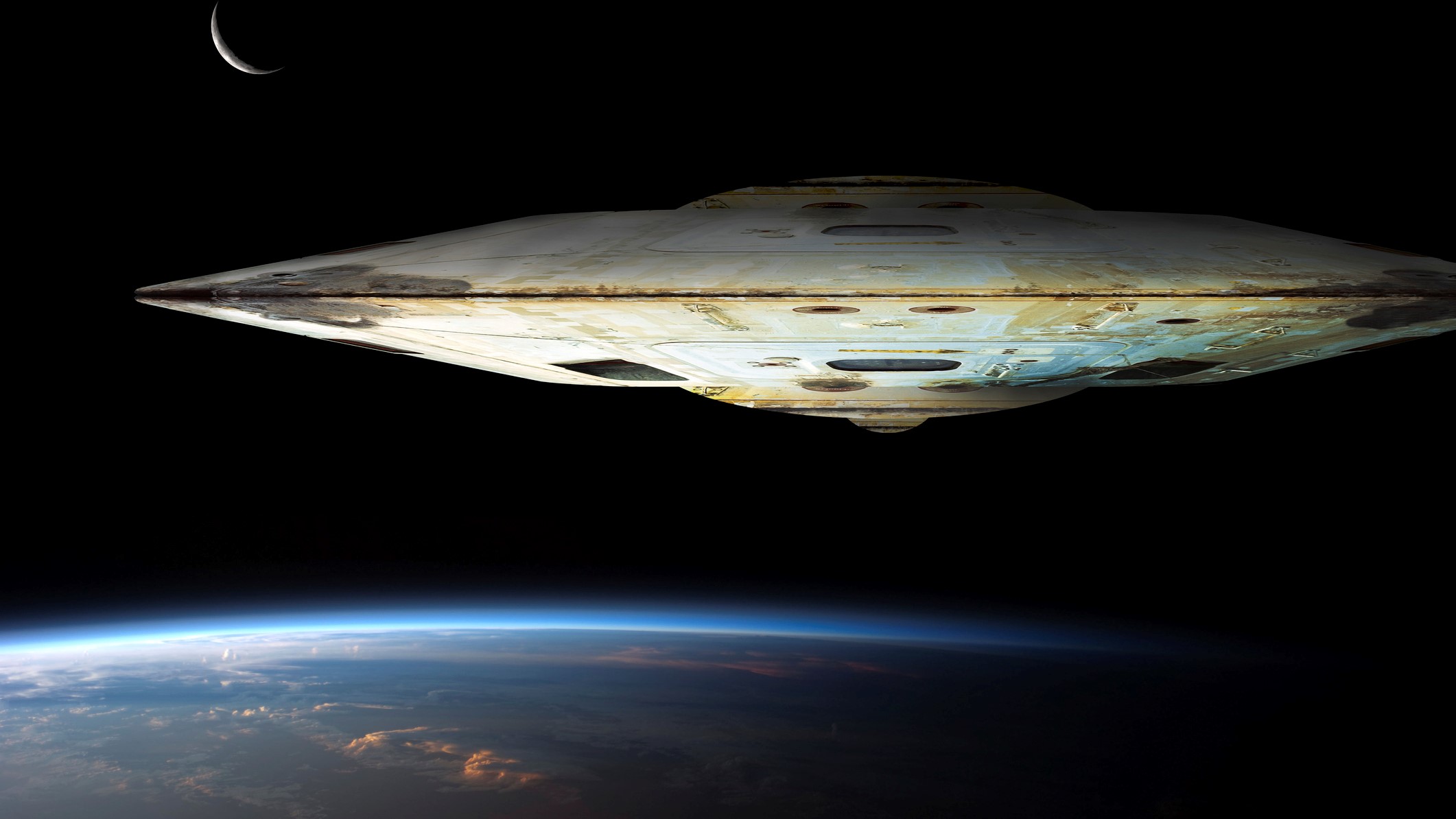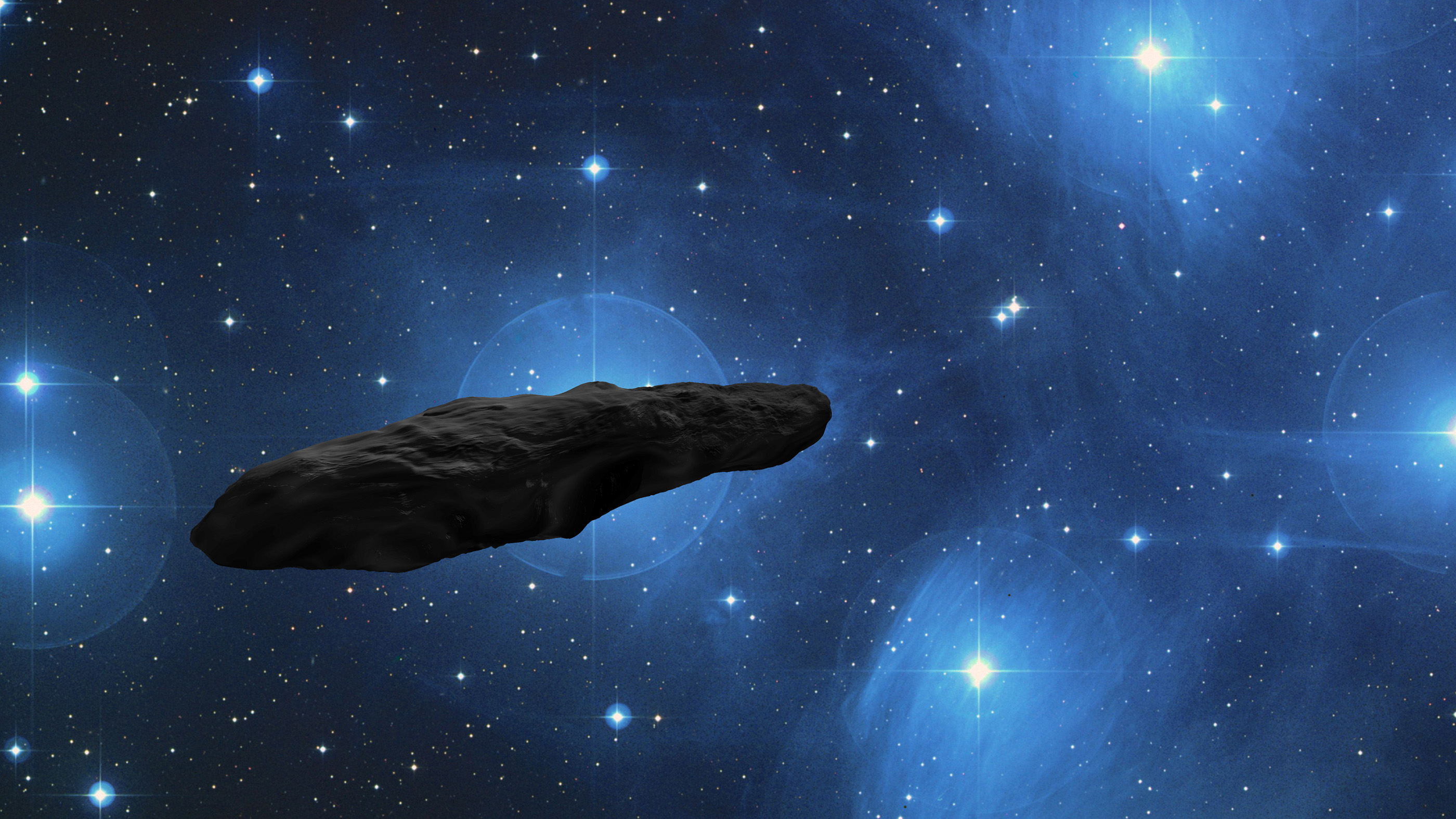
Could an alien mothership be hovering around the solar system, sending out tiny probes to explore planets? According to a Harvard scientist and a Pentagon official, it's possible.
In a draft paper, the pair said it is feasible an extraterrestrial spaceship could be in our galactic neighborhood, exploring the region by the means of "dandelion seeds" — small spacecraft that can gather and send back information, similar to the way humans send out spacecraft to explore planets.
Avi Loeb, an astronomer at Harvard University, and Sean M. Kirkpatrick, director of the Pentagon’s All-domain Anomaly Resolution Office (AARO) — established in July 2022 by the Department of Defense (DoD) to detect and study "objects of interest" — released the draft, Physical Constraints on Unidentified Aerial Phenomena, on March 7. It is not an official Pentagon document but was carried out in partnership with the DoD. It has not been peer-reviewed.
Loeb is known for his research into 'Oumuamua — an interstellar visitor from beyond the solar system. Astronomers first detected the cigar-shaped object in 2017 and originally thought it was a comet. However, its elongated shape, its lack of coma (the cloud of gases that envelope a comet), and the fact that it was accelerating away from the sun raised questions about the comet theory. Loeb suggested instead that 'Oumuamua was an alien spaceship.
Six months before 'Oumuamua's close approach to Earth, a small interstellar meteor measuring around 3 feet (1 meter) wide smashed into Earth. This meteor, IM2, was not related to 'Oumuamua, but it got Loeb thinking.

That coincidence inspired him "to consider the possibility that an artificial interstellar object could potentially be a parent craft that releases many small probes during its close passage to Earth, an operational construct not too dissimilar from NASA missions," Loeb told Live Science in an email. "These 'dandelion seeds'... could be separated from the parent craft by the tidal gravitational force of the sun or by a maneuvering capability."
In the draft paper, Loeb and Kirkpatrick looked at Unidentified Anomalous Phenomena (UAPs, the government's preferred term for UFOs) confined by known physics. The authors suggest the dandelion seed probes could reach Earth for exploration without being detected by astronomers as they would likely be too small to reflect enough sunlight for survey telescopes to detect.
"Equipped with a large surface-to-mass ratio of a parachute, technological 'dandelion seeds' could slow down in the Earth's atmosphere to avoid burnup and then pursue their objectives wherever they land," they wrote.
Aliens would likely want to explore rocky planets with an atmosphere in the solar system, the authors propose. From a distance, Venus, Earth and Mars would all look appealing, with Earth being of greatest interest once aliens found signatures of liquid water. The alien civilization that created the probes would not need to be on the mothership. It would be unlikely that it could even communicate with the probes.
The alien civilization may not even exist anymore. Most stars in the solar system formed billions of years before the sun. A habitable planet with intelligent life could have been sending out probes long before Earth formed. Searching for "resembles checking our mailbox for any packages that may have accumulated over time there, even if the senders are not alive anymore," Loeb said.
Since first suggesting 'Oumuamua was an alien spaceship, Loeb has faced criticism from the scientific community. One Perspective article published in Nature Astronomy in 2019 said the idea ‘Oumuamua was sent to Earth on purpose was "provocative" and "baseless."
In 2021, a letter published in the journal Astronomy & Astrophysics dismissed the idea on logistical impracticalities of interstellar travel: "Given the likely cosmological timescales required to traverse between stars, we conclude that it is unlikely that 'Oumuamua has been sent by an extraterrestrial civilisation and more likely that it is just an unusually shaped rock, which has happened to wander into the solar system."
Another study, published on March 22, 2023, explains 'Oumuamua's strange movements as the likely result of hydrogen off-gassing — again refuting the alien spacecraft theory.
Still, the Pentagon has taken a renewed interest in studying unidentified objects over U.S. airspace in the previous year. Since the AARO's founding last summer, the office has opened more than 360 new investigations into alleged UAP encounters reported by U.S. military personnel. About half of these have been explained as "balloons or balloon-like entities," while the other half lack sufficient data to conclusively resolve.







